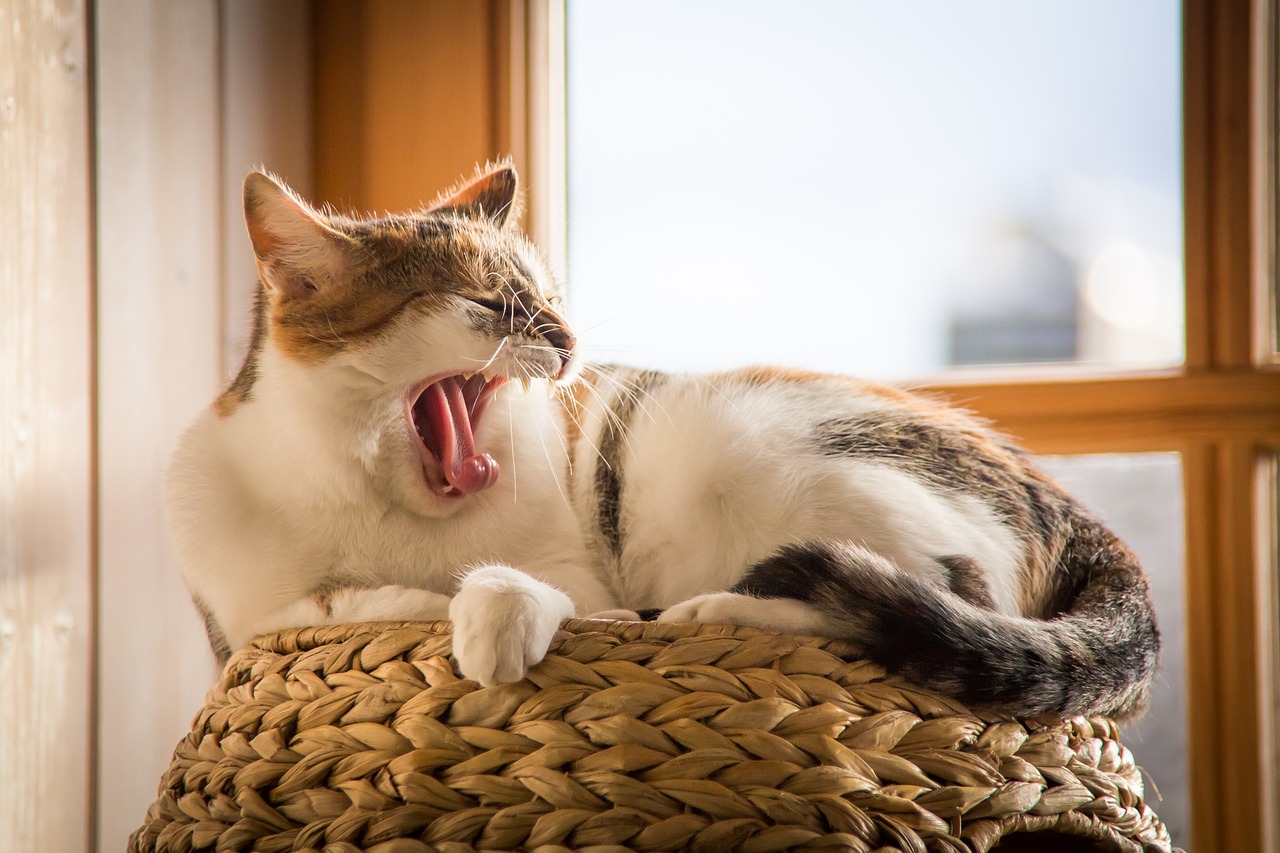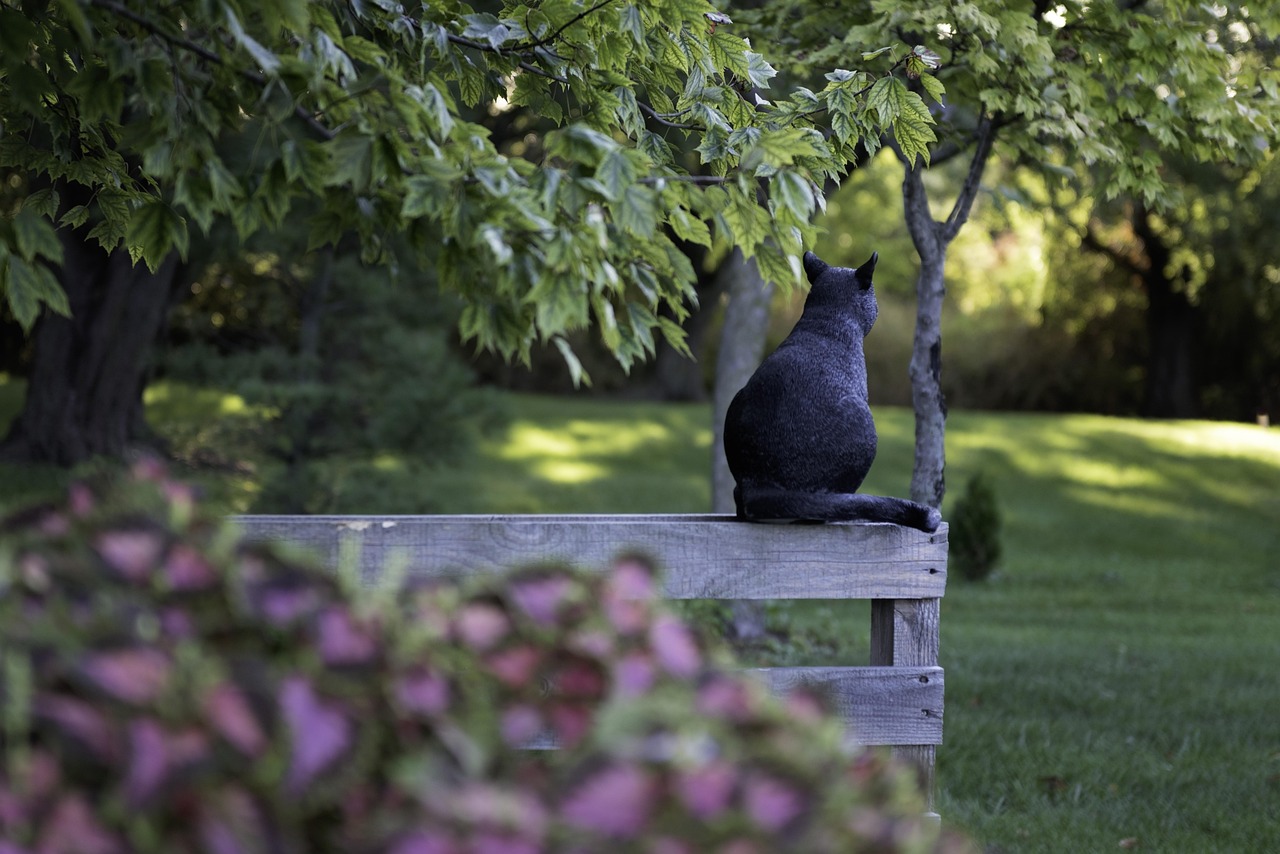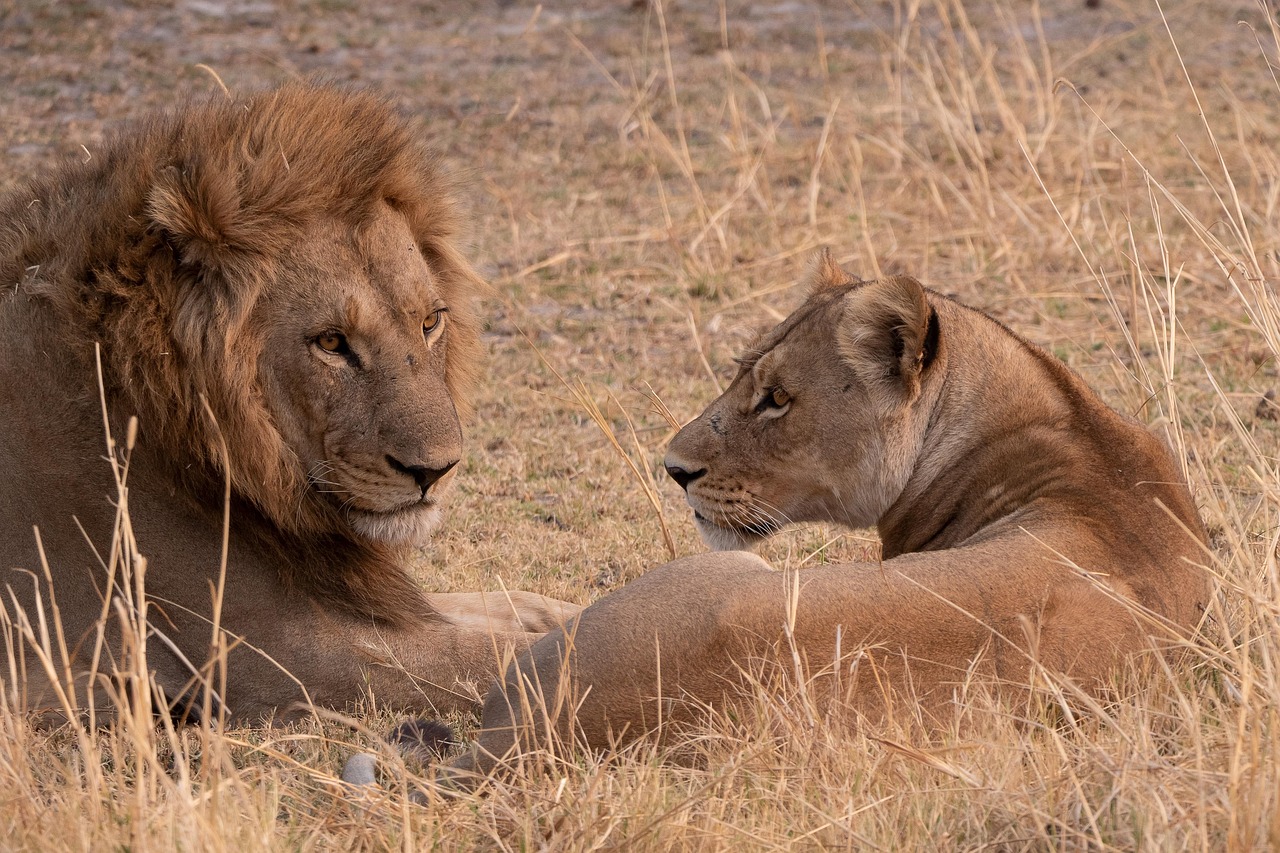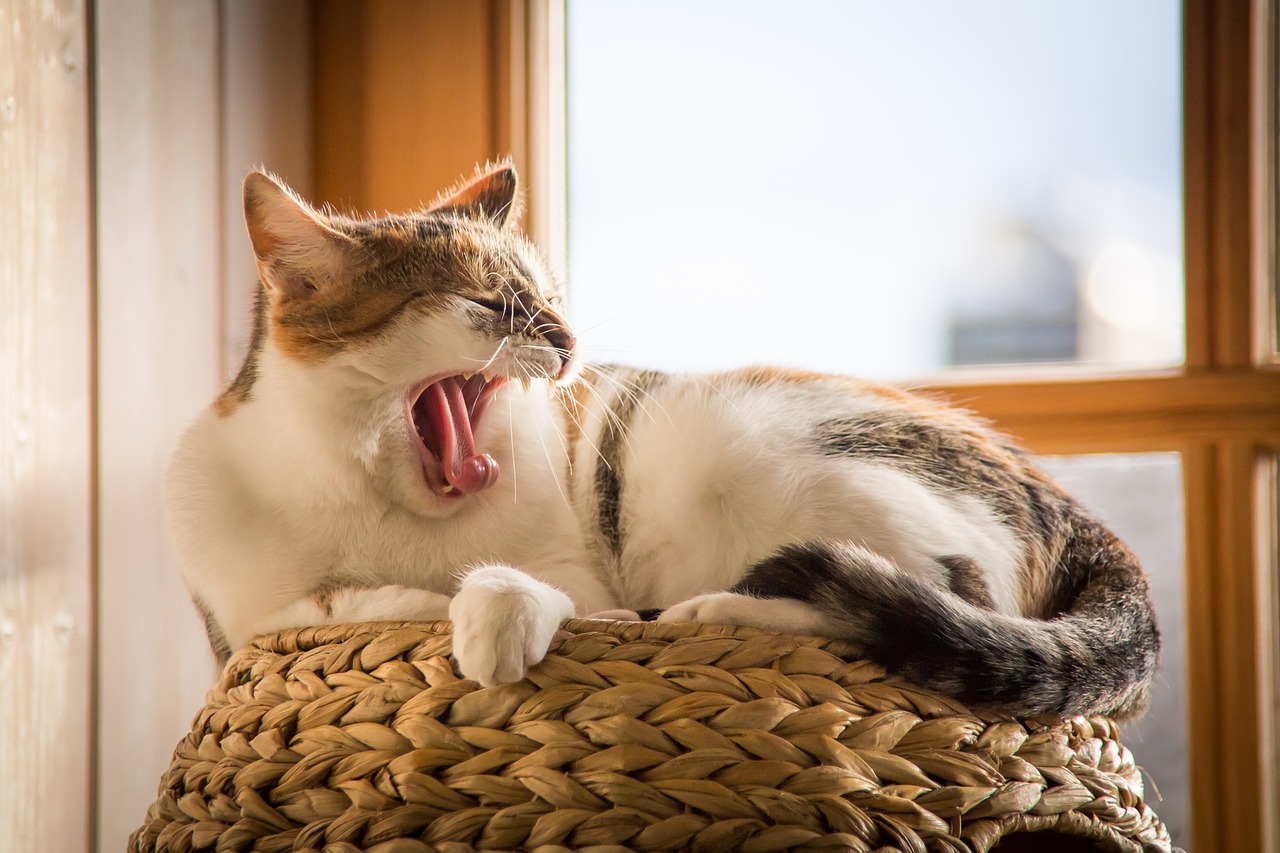Understanding your cat’s tail movements can reveal a lot about their emotions and intentions. Each wag or flick of the tail communicates different feelings, from excitement and curiosity to annoyance or fear. Observing these signals can help you connect better with your feline friend.
Cats are known for their enigmatic behavior, making it essential for pet owners to grasp the subtleties of feline communication. One of the most expressive parts of a cat’s body is its tail. Unlike dogs, whose tail wags typically indicate straightforward emotions, a cat’s tail movements can convey a range of feelings. The way a cat holds and moves its tail can indicate its mood and intentions. Understanding these signals can lead to better interactions and a deeper bond between you and your pet.
The tail serves as a vital tool for cats in expressing their feelings. It acts as a counterbalance during agile movements and plays a crucial role in communication. When you observe your cat’s tail, pay attention to its position, movement, and speed. Each variation tells a story that reflects the cat’s emotional state. Below, we delve into common tail movements and their meanings.
Common Cat Tail Movements and Their Meanings

- Upright Tail: A tail held high indicates confidence and contentment. Your cat is feeling happy and secure in its environment.
- Curled Tail: A tail that curls at the tip shows affection and friendliness. This is often seen when a cat approaches you with a welcoming attitude.
- Fluffed Tail: A fluffed or puffed-up tail indicates that your cat is frightened or agitated. This posture makes them appear larger in response to a threat.
- Twitching Tail: A tail that twitches rapidly can signify excitement or agitation. This is often seen when a cat is stalking prey or feeling impatient.
- Laying Flat Tail: A tail lying flat may suggest that your cat is feeling threatened or defensive. They might be preparing to flee or fight.
- Slowly Moving Tail: A slowly waving tail can indicate contemplation or curiosity. Your cat may be observing something with interest.
Each of these movements provides insight into how your cat feels at any given moment. Being attuned to these signals can enhance your understanding of your pet’s needs and desires. To further clarify the meanings behind various tail positions, the table below summarizes key movements alongside their interpretations.
| Tail Movement | Meaning |
|---|---|
| Upright | Confident and happy |
| Curled | Affectionate and friendly |
| Fluffed | Frightened or agitated |
| Twitching | Excited or agitated |
| Flat | Threatened or defensive |
| Slowly Moving | Curious or contemplative |
By paying close attention to these signals, you will develop a better understanding of your cat’s emotional landscape. This knowledge will not only improve your relationship but also help you provide the best possible care for your furry companion.
Understanding Tail Positioning
In addition to movement, the position of a cat’s tail plays a significant role in conveying their emotions. Different tail positions can indicate a variety of feelings, from confidence to fear. Recognizing these positions can help you better understand your cat’s state of mind.
Key Tail Positions and Their Implications
- High and Straight: A tail held high and straight typically indicates confidence and happiness. This posture suggests that your cat is feeling safe and content in its environment.
- Curved at the Tip: If your cat’s tail is curved at the tip while held upright, it signifies a friendly greeting. This position often means your cat is open to interaction.
- Horizontal Tail: A tail that is held horizontally can suggest that your cat is feeling relaxed but alert. They may be observing their surroundings or engaging in play.
- Drooping Tail: A tail that hangs low may indicate sadness or submission. This position can also be seen when a cat feels threatened or anxious.
- Tucked Tail: When a cat tucks its tail between its legs, it shows extreme fear or submission. This is a defensive posture often adopted when a cat feels cornered.
Understanding these tail positions provides insights into your cat’s comfort level and emotional well-being. By observing how your cat holds its tail, you can respond appropriately to their needs.
The Importance of Context
While tail movements and positions are important indicators of a cat’s mood, context matters significantly. A cat’s environment, recent experiences, and interactions with humans or other animals can influence their behavior. It’s crucial to consider these factors when interpreting tail signals.
Factors Influencing Tail Behavior
- Environment: A familiar environment may make your cat feel more relaxed. In contrast, new or chaotic settings can lead to heightened anxiety, affecting tail movements.
- Interactions: Positive interactions with people or other pets can lead to more confident tail movements. Conversely, negative experiences may cause a cat to display defensive tail behaviors.
- Health Status: A cat experiencing pain or discomfort may exhibit different tail behaviors. It’s essential to monitor changes in your cat’s tail movements as they could indicate underlying health issues.
By considering the surrounding context, you can gain a more comprehensive understanding of your cat’s emotional state. This holistic approach will enhance your ability to respond to their needs effectively.
Tail Movements During Playtime
Play is a vital aspect of a cat’s life, and their tail movements during playtime can be particularly expressive. Understanding these movements can significantly enhance your engagement with your feline friend during play sessions.
Tail Signals While Playing
- Twitching Tail: When your cat’s tail twitches rapidly while playing, it often indicates excitement and focus. Your cat is fully engaged and ready to pounce.
- Swinging Tail: A tail that swings back and forth generally signifies an alert state. Your cat is likely assessing its surroundings for potential movement or prey.
- Puffed Tail: During intense play, a puffed-up tail indicates high energy and excitement. This posture may also suggest that your cat feels threatened by a perceived rival.
Recognizing these playful tail signals allows you to engage with your cat effectively. Whether it’s through interactive toys or simple games, understanding their body language helps create a fun and fulfilling play experience.
Decoding Aggressive Tail Movements
Sometimes, a cat’s tail movements can indicate aggression or stress. Recognizing these signs is crucial for ensuring safety for both you and your pet.
Aggressive Tail Signals
- Fast Swishing: A tail that swishes back and forth quickly often indicates irritation or anger. It’s best to give your cat space during this time.
- Fluffed Tail: As mentioned earlier, a fluffed tail can signify fear or aggression. This posture makes your cat appear larger and more intimidating.
- Tail Stiffness: If the tail is held rigidly, it usually indicates a high level of agitation or aggression. Approach with caution if you observe this behavior.
By learning to recognize aggressive tail movements, you can take proactive measures to avoid conflicts and ensure a peaceful environment for your feline companion.
Understa

nding Tail Communication in Different Situations
The way a

cat uses its tail can vary significantly based on the situation. Different contexts can change the meaning behind tail movements and positions, making it essential to consider the environment and circumstances when interpreting your cat’s signals.
Tail Movements During Social Interactions
When cats interact with each other or with humans, their tail movements can reveal a lot about their social dynamics. Observing these interactions can help you understand your cat’s personality and preferences.
- Greeting Behavior: When two cats meet, they often raise their tails to signal a friendly greeting. An upright tail with a slight curl at the tip indicates openness and friendliness.
- Playful Encounters: During play, tails may become animated and twitchy. Cats often engage in mock battles, using their tails to express excitement and energy.
- Territorial Displays: In situations where cats feel their territory is threatened, they may puff up their tails and hold them high. This behavior is meant to assert dominance and intimidate potential intruders.
Being aware of these social cues enhances your understanding of your cat’s interactions with others, helping you navigate introductions and relationships with other pets or people.
Tail Movements in Response to Stressors
Cats are sensitive creatures, often reacting to various stressors in their environment. Their tails serve as an indicator of how they cope with stress or anxiety.
Identifying Stress-Related Tail Behavior
- Quick Flicks: A tail that flicks rapidly is often a sign of irritation or frustration. If you notice this behavior, it might be wise to remove any stressors from your cat’s environment.
- Hunched Back with Tail Tucked: When a cat hunches its back with its tail tucked tightly, it is likely feeling scared or threatened. This position indicates a desire to make itself as small as possible to avoid attention.
- Slow, Methodical Movements: A cat that moves slowly while its tail is held low may be cautiously assessing a stressful situation. This behavior often indicates that the cat is unsure about its surroundings.
Recognizing these stress-related signals allows you to provide comfort and support to your cat when they are feeling anxious or overwhelmed.
The Role of Tail Communication in Different Breeds
Different cat breeds may exhibit unique tail behaviors based on their physical characteristics and inherent temperaments. Understanding these breed-specific traits can provide additional insight into your cat’s tail movements.
Breed-Specific Tail Behaviors
- Siamese Cats: Known for their vocal nature, Siamese cats often use their tails expressively when communicating with their owners. A high, waving tail indicates excitement or a desire for attention.
- Maine Coons: This breed typically has long, bushy tails that can indicate confidence when held high. A Maine Coon may also swish its tail gently when relaxed.
- Bengal Cats: Bengals are known for their playful and active nature. Their tails may twitch vigorously when they are excited or engaged in play, showcasing their high energy levels.
Understanding these breed-specific nuances helps pet owners appreciate the individual personality traits of their cats. Tail movements are often influenced by genetics and breed characteristics, making it an exciting area of exploration for cat lovers.
The Importance of Observing Tail Behavior Over Time
Monitoring your cat’s tail behavior over time can provide valuable insights into their emotional well-being. Changes in tail movements can indicate shifts in mood or health status.
Long-Term Observations
- Routine Changes: Pay attention to how your cat’s tail behavior changes during different routines, such as mealtime or playtime. Consistent behaviors can highlight comfort levels.
- Health Monitoring: Sudden changes in tail movements or positions may signal health issues. For example, a normally active cat becoming lethargic with a drooping tail could indicate discomfort or illness.
- Response to New Experiences: Observe how your cat responds to new experiences, such as moving to a new home or encountering new pets. Their tail behavior will reflect their feelings toward these changes.
By keeping a close eye on your cat’s tail behavior over time, you can better understand its emotional landscape and respond effectively to any changes or concerns that arise.
Additional Insights into Cat Tail Behavior
While underst

anding tail movements is crucial for interpreting your cat’s emotions, other factors also play a vital role in feline communication. For example, vocalizations, body posture, and ear positions often complement tail signals, providing a more comprehensive picture of what your cat is feeling.
Integrating Tail Signals with Other Body Language
To gain a deeper understanding of your cat, consider how tail movements interact with other physical cues. Knowing how to read these signals together can enhance your ability to respond to your pet effectively.
- Ear Position: Ears that are pointed forward often indicate curiosity or interest, while ears that are flattened against the head suggest fear or aggression. Combining ear position with tail movements can clarify your cat’s emotional state.
- Body Posture: A relaxed body posture, along with a high tail, indicates comfort. Conversely, a tense body with a low or tucked tail often reflects stress or anxiety.
- Vocalizations: Cats use various sounds to express themselves. A happy cat may purr while holding its tail high, whereas an agitated cat may hiss or growl with a puffed-up tail.
By correlating tail behavior with these other signals, you can develop a fuller understanding of your cat’s emotional landscape and needs. This holistic approach allows for better communication between you and your feline companion.
The Impact of Environment on Tail Behavior
The environment plays a significant role in how cats express themselves through their tails. Factors such as noise levels, the presence of other pets, and even changes in your home can influence tail movements.
- Quiet Spaces: In a calm and quiet environment, cats are more likely to display relaxed tail movements. A high, relaxed tail indicates that they feel safe and secure.
- Presence of Other Animals: The presence of unfamiliar pets can lead to defensive or aggressive tail movements. Observing how your cat’s tail reacts in the company of others can provide insights into their comfort level.
- New Experiences: Changes in routine, such as moving to a new house or introducing new furniture, can temporarily alter tail behavior as your cat adjusts to its surroundings.
Recognizing how external factors affect your cat’s tail movements can help you create a more supportive environment that meets their emotional needs.
Final Thoughts
Deciphering the meaning behind your cat’s tail movements is an essential aspect of understanding feline behavior. Each wag, flick, or position tells a unique story about their feelings, whether it be happiness, fear, excitement, or annoyance. By paying close attention to these signals, along with other aspects of body language and environmental factors, you can foster a deeper bond with your feline friend.
As you become more attuned to your cat’s communication style, you’ll find it easier to respond appropriately to their needs. Whether it’s adjusting playtime activities, providing comfort during stressful situations, or simply enjoying moments of affection, understanding tail movements enriches the relationship you share with your pet.
Ultimately, observing and interpreting your cat’s tail behavior is not just about recognizing emotions; it’s about improving their quality of life. By becoming an attentive observer, you empower yourself to enhance your cat’s happiness and well-being in ways that truly matter. Embrace this journey of learning and connection with your feline companion; the rewards are immeasurable.

